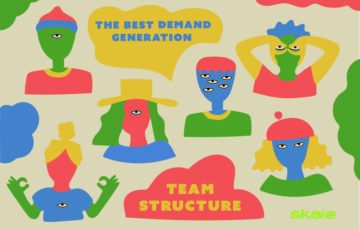
The Best Demand Generation Team Structure to Nurture Leads
So you know you need a demand generation team, now what? Read on for the people you'll need, their skillsets, and what you should be paying them.
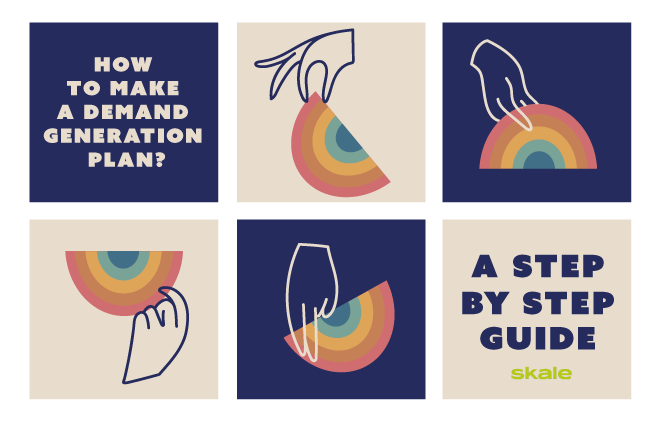
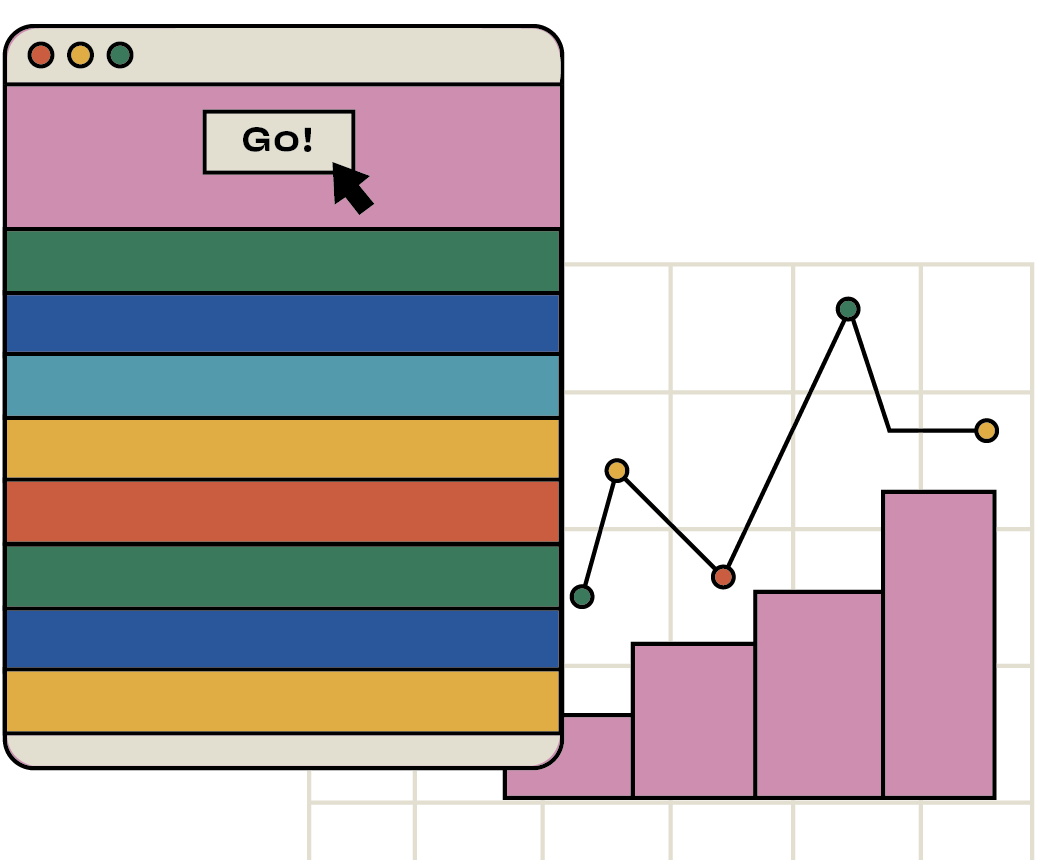
Create a SaaS demand gen plan that works
See how our team of professionals can help seriously scale your SaaS SEO
Schedule a callJust like a pilot won’t take off without a checklist, a marketer won’t take off without a demand generation plan. Although, in both cases, they know the basics of what they need to do in order to reach the sky, without planning they won’t have a smooth take-off—or last long in flight! ✈️
Metaphors out of the way, demand generation is a key aspect of today’s marketing efforts, especially with SaaS products. As its name indicates, it’s about generating demand–which means, attracting the high-quality leads of your target audience to the top of your sales funnel.
Lead generation–which is often used interchangeably with demand gen–is different from demand generation.
Demand gen is about turning strangers into high-quality leads.
Getting the plan right will be your north star in your demand gen strategies. It’s what will guide each of your decisions in your demand gen campaigns. However, you’ll need to be aware of the goals you’re looking to hit with your marketing efforts if you want the plan to work towards them.
Since demand generation is the first step of turning completely unaware people into possible leads, and hopefully customers, you’ll need to know the sales journey you want them to have, and you’ll need to understand who your ideal target audience is.
You’ll also need to know your company values and how you want your brand to be perceived, this will drastically affect the demand campaigns you choose to run.
Let’s dive into the eight steps you need to make a winning demand generation plan that will generate a pull from the market that you’ve never felt before.

The first thing you need for a demand generation plan to be successful is to understand your customers and your competition, to do this you need to do three things:
With market research, you’ll get knee-deep into customer behavior and economic trends to understand who is going to be buying your service. Remember, for B2B SaaS companies it’s said that only 5% of your potential customers are already in the market, according to Will Whitham, senior copywriter and content lead for The CMO Alliance.
It’s important that your sales and marketing teams answer the following questions using methods like surveys, focus groups, personal interviews, and observations:
Tania Miranda, Head of SEO at Recruitee, says there are also some more valuable questions that your own sales team can help you answer:
These answers will give you great insight into who is out there that could benefit from your product.
However, remember that not all possible customers are aware of their pain points–that’s where demand generation becomes key—in educating and empowering the customer so they not only know their problems but that they see you as a possible solution–or even better, the best solution for them.
Understanding who your indirect and direct competitors are is key when planning your demand generation strategies. This way you can see how the competition is attracting potential customers, which strategies seem to be working, and which do not.
Understanding your competitors’ strengths and weaknesses will help you strengthen your strengths and reduce your weaknesses. Additionally, understanding your competition is a great way for offering a unique solution to your customers, you’ll find better product messaging language, identify some SEO bets, and can fine-tune your USPs.
How can you draw people into your sales funnel, and not the competition’s?
Buyer personas are research-based profiles that depict the people in your target audience. It’s like market research but getting very specific–up close and personal. It highlights how your ideal customers behave, what challenges they face, and how they make decisions.
For B2B SaaS companies it’s commonplace to have a multitude of buyer personas. Why? Because when subscribing to a B2B SaaS service the approval of many heads is often needed, and each of these heads will potentially have a different buyer persona. After all, the decision-making process they go through will be entirely different, despite them all acquiring the same end product or service for the same business.
💡 Top Tip: Here’s a handy guide on how to create user personas.
Understanding your product or service inside and out is key for your demand generation plan.
We don’t mean you need to know how to use it or superficially what it does, no. You’ll need to know what jobs-to-be-done your product is solving. After all, a product does not get purchased for what it does but for the pain points it’s solving–understanding this down to the nitty gritty will help you know how to attract the right potential customer.
Another thing you’ll need to know is your brand positioning. Are you seen as a thought leader in your industry? Do people come to you to better understand the pain points and challenges of their niche? Are you seen as a brand that can provide solutions beyond your product?
If the answer to any of these questions is no, you’ll need to start making some changes. For demand generation, your brand is half the equation. If your ICP doesn’t trust your brand, or they aren’t even aware of it, it will be hard for them to inch closer to your sales funnel.
Once you have all of this research, you’ll be able to start mapping your customer journey and the pain points along the way.
A customer journey map is a diagram–or collection of diagrams–in which you’ll show the whole experience a customer has with your brand. It shows their journey from the first time hearing about your service up to the point they make a purchase, and start their onboarding flow.
💡Top Tip: Beyond onboarding, you’re looking at your customer’s lifecycle, or user journey.
The customer journey map is of great value for your entire product marketing strategy because it’ll let you know–and see–the goals, and challenges that your ICP has, as well as understanding the channels that they use to try and resolve them.
Since your demand gen plan is the broader overview—the one that guides your every move—you’ll need to have specific tactics and methods that are actionable, these are your demand generation tactics and best practices.
To give you an idea of what they are and how they work here are some go-to tactics that people in the industry use:
Although these are all key tactics to consider, there are also some others that do wonders for any B2B SaaS business. As Paige Arnof-Fenn, Founder & CEO at Mavens & Moguls, explains:
“Content marketing and thought leadership are great ways to build your brand, increase your visibility more broadly, raise your profile and attract more clients. Activities like hosting podcasts/webinars, writing articles, and building your following on social media all contribute to increasing your awareness with potential customers and building your credibility with a larger community.”
However, there is one tactic to rule them all: SEO, (search engine optimization.) After all, as Paige Arnof-Fenn points out:
“You do not exist today if you cannot be found online. Being invisible online is a terrible strategy so make sure your site is keyword-rich, mobile-friendly, loads quickly, and produces meaningful content.”
If you’re looking for a team of SEO experts ready to help make your brand rank online, check out our team at Skale.
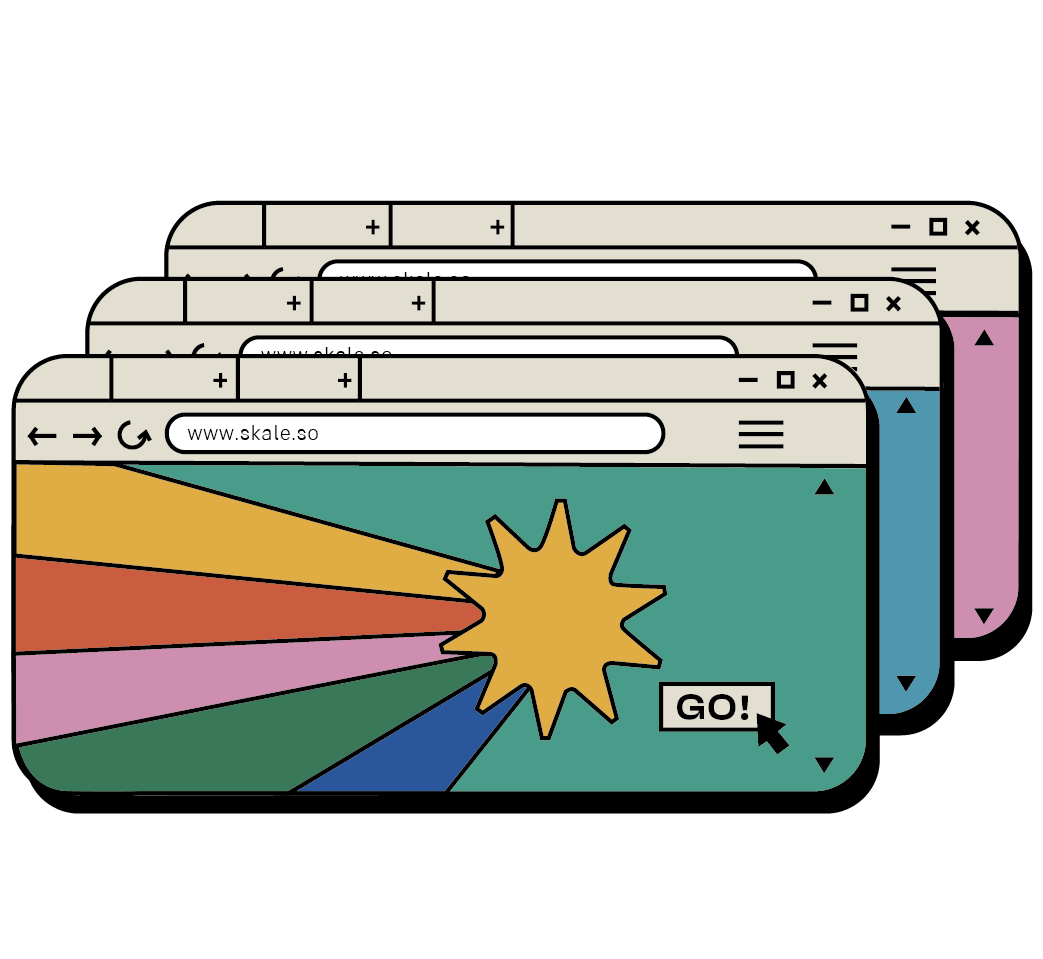
Build a killer SaaS content marketing strategy
Learn how to build and manage a successful content strategy that wins customers
See hereYou can only generate demand for something that people can see, that’s why building brand awareness is step 0 for any demand gen plan. Additionally, building brand awareness is key since 59% of customers prefer to buy from brands they already know about.
Will Whitham, senior copywriter and content lead for The CMO Alliance, and host of CMO Convo and CMO Diaries podcasts, says:
“It’s important to make sure you’re balancing your demand gen with brand building strategies. After all, in the B2B world, only 5% of your potential customers are currently in-market. Building a strong, recognizable brand will allow you to make the awareness stage of your demand gen funnel much more efficient, and reduce indecision when the rest of your potential customers move in-market.”
There are many ways to build brand awareness but here are some places to get you started:
If you think this doesn’t apply to SaaS companies you’ll be happy to know that even businesses as big as Canva has used–tremendously successful–influencer marketing in their brand awareness strategy.
Creating brand awareness in the right channels can help make or break your demand generation strategy. Take a look at this infographic for some more inspo.
Now that you understand who your target audience is, how you want to drive them through your sales funnel, and you’ve made your brand visible, you’ll need to think about attracting high-quality leads.
A high-quality lead is someone you know is likely to become lucrative for your business. Be that in contract length, value, or both—CLTV.
In this part of your demand generation plan you’ll need to answer the following questions:
By answering these questions, together with your customer journey map and demand gen tactics, you’ll be able to create the step-by-step guide for attracting the right customer to your funnel.
Just like a good pilot that’s done all the hours of flights and classes, you now know everything to put on your checklist to take off on that demand generation strategy and head towards blue-sky-product marketing success.
By now, you already know your product inside and out, you understand your ICP, and you’ve built a visible brand. This gives you everything you need to align your marketing, sales, and content teams to your brand goals. 🏈
Not only this, but you have a broad view of demand generation tactics and will be able to come up with a comprehensible plan that engages your customer to your brand and solutions by using the right demand gen tools and channels.
Once the plan and strategy are ready, all you need to do is to launch it. Depending on the tactics you’re using and how well you’ve done your research you can expect to see results in as little as a couple of months–check Maze’s success story that only took 6 months to see a jump of 283% in their signups.
Remember, demand gen is not a sprint, it’s a marathon. It’ll take some time to see the real impact of your campaign, especially in the B2B SaaS industry. Have patience, but don’t forget to measure how your progress is going by using demand gen metrics to help you keep your efforts on track.
Your new demand generation plan is not set in stone.
With demand generation, and especially everything linked to a B2B SaaS company, things will change fast. One day LinkedIn is the marketplace to be in for B2B sales, the next day it’s been canceled and you’ll need to find a new approach. Keep track of your efforts, market trends, or new ideas in your industry and marketing teams, and adjust it all as you go.
Your demand generation plan will constantly evolve, not only due to outside consequences but also due to the constant changes inside a company and brand. Maybe goals will change, maybe they’ll pivot into a new way of doing things, or provide new services altogether.
Demand generation is here to stay, or so think 70% of marketers that say their demand gen budgets will increase in the coming years. Get in the game and create a perfect demand generation plan with these eight steps–guaranteed to help you succeed.
Buckle up, put your seat in the upright position, and get ready for take-off! ✈️
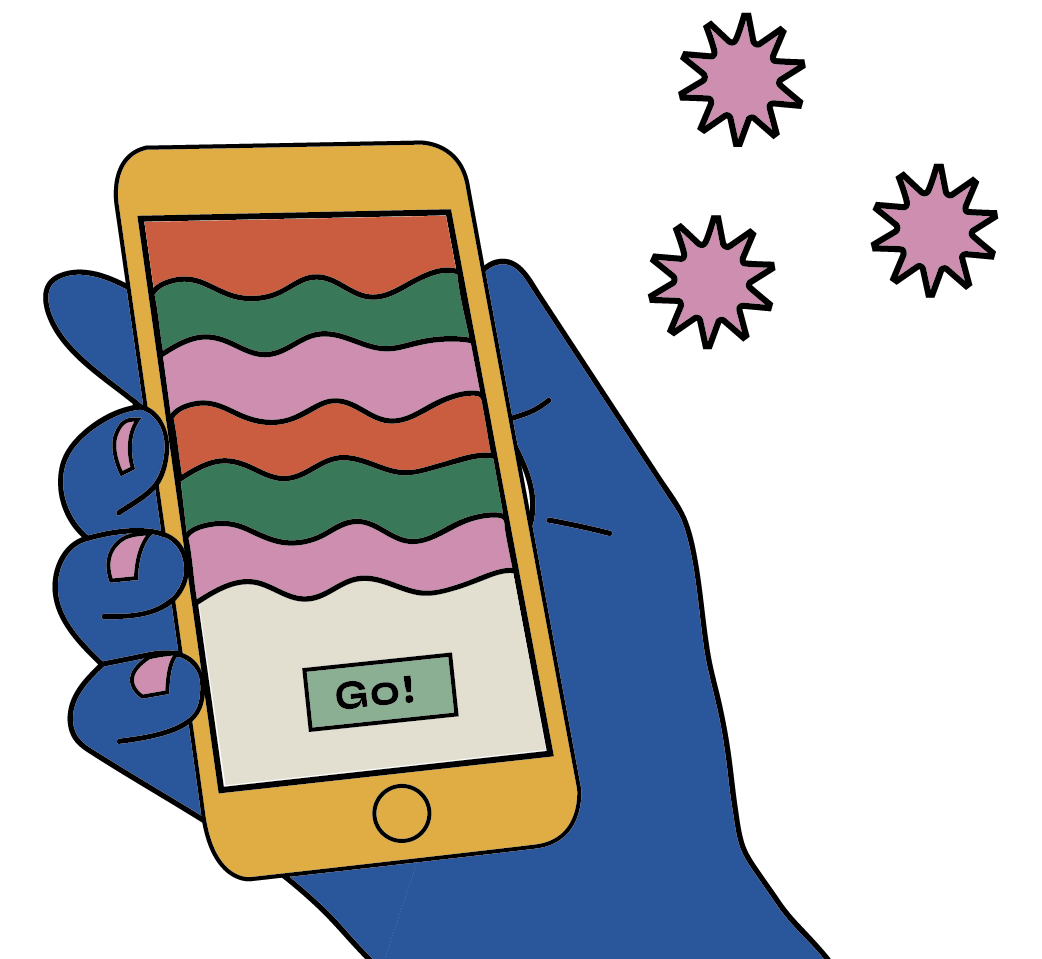
Unlock the full potential of SEO
Let an expert SaaS SEO agency take the burden off your already-busy shoulders
See Skale’s servicesA demand generation plan is the broader view of how you’ll create a demand for your product or service. It’s created by a joint effort of your product marketing, sales, and customer success teams.
The best way to build an effective and robust demand generation plan is by following these eight steps:
1. Market research, competitor research & understanding buyer personas
2. Introspection: consider your product (or service)
3. Map the customer journey
4. Take into account different demand generation avenues and what content to create
5. Consider how to build brand awareness
6. Think about how you can attract high-value leads
7. Create your demand generation strategy
8. Launch your demand generation strategy
Demand generation tactics are all the actionable ways that a demand generation plan can come to fruition, such as inbound marketing, content marketing, social media engagement, lead nurturing, lead scoring, search engine optimization, and many more.
Learn more about
Demand Gen

The Best Demand Generation Team Structure to Nurture Leads
So you know you need a demand generation team, now what? Read on for the people you'll need, their skillsets, and what you should be paying them.
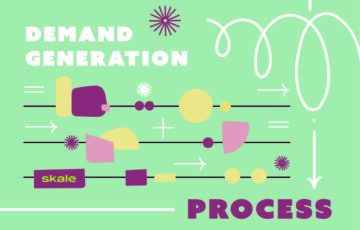
6 Elements to Include in your Demand Generation Process
Everything you need to know to build a stellar demand generation process, and a more profitable SaaS business.
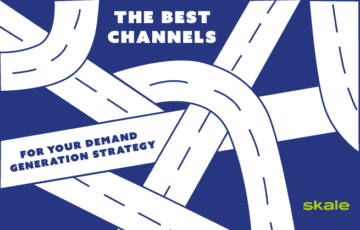
The Best Channels for your Demand Generation Strategy
Discover the top 7 demand generation channels and how they can help rocket success for your SaaS.